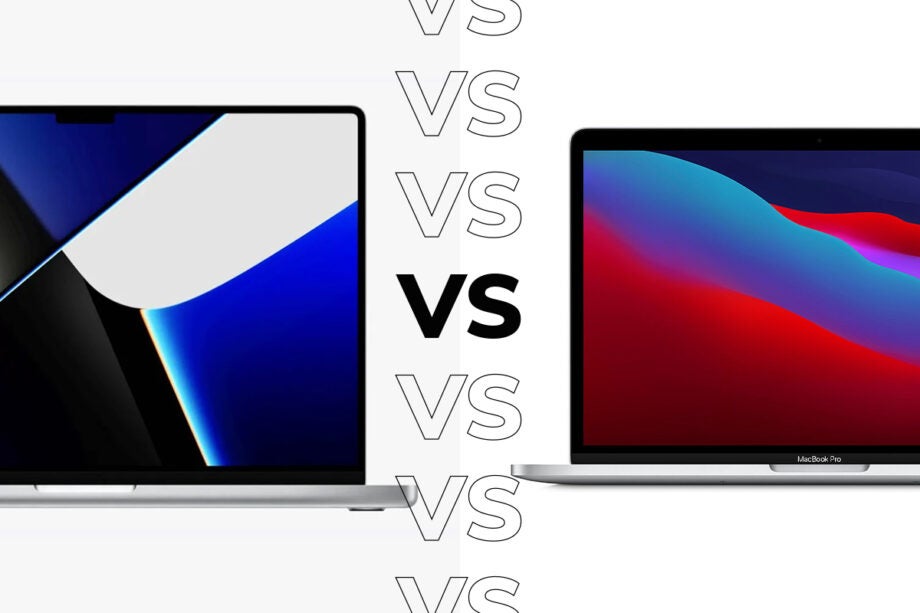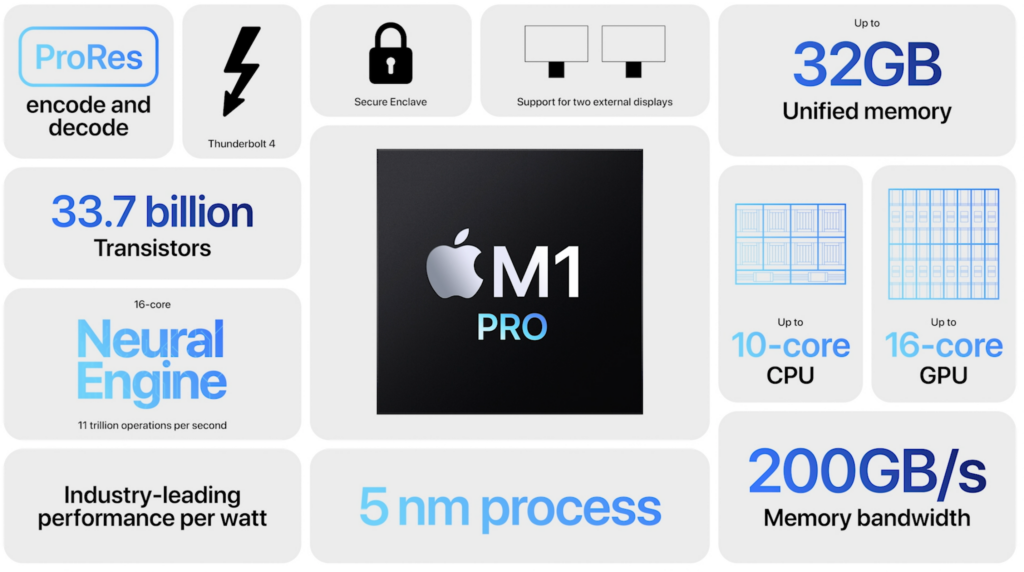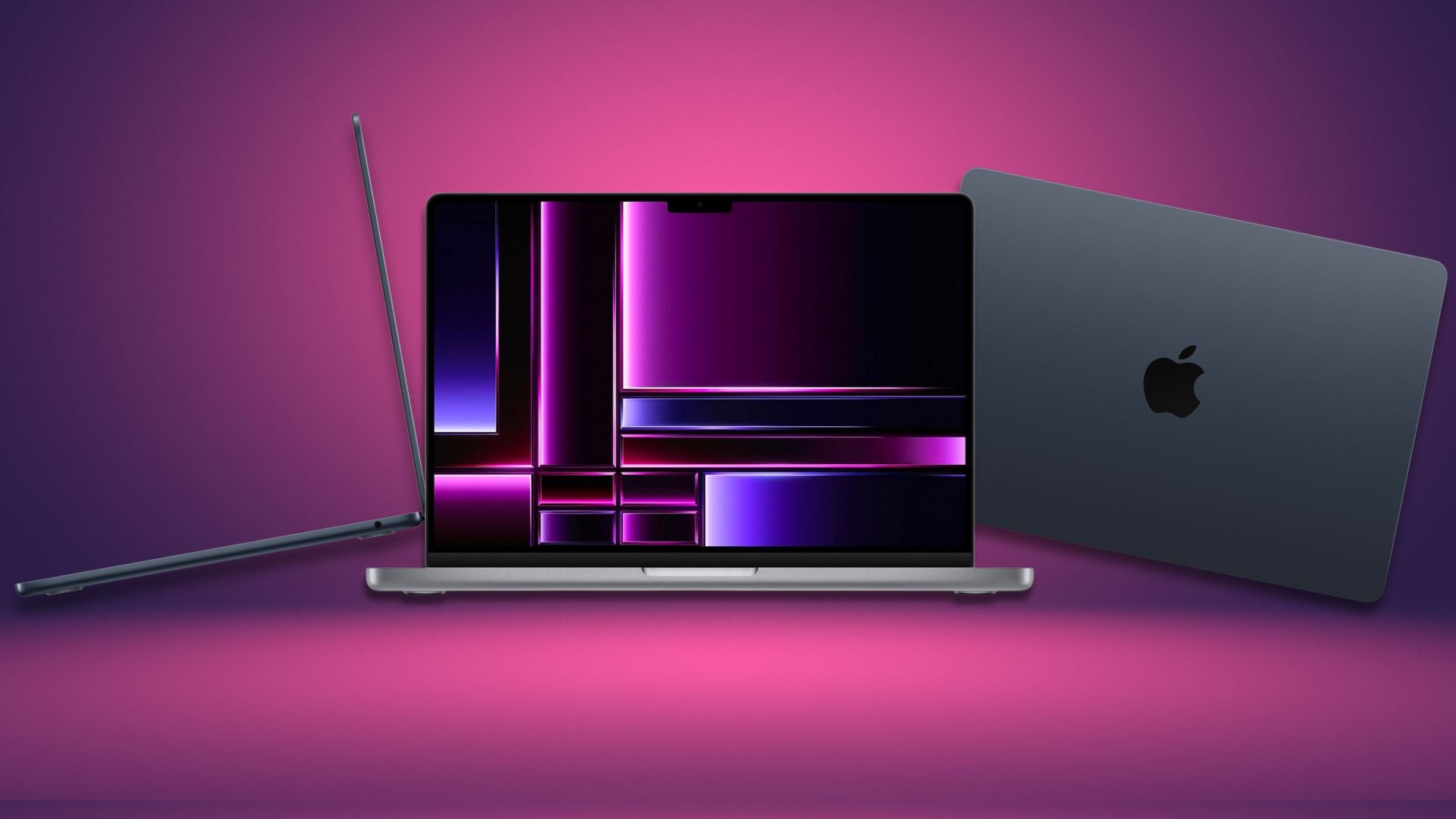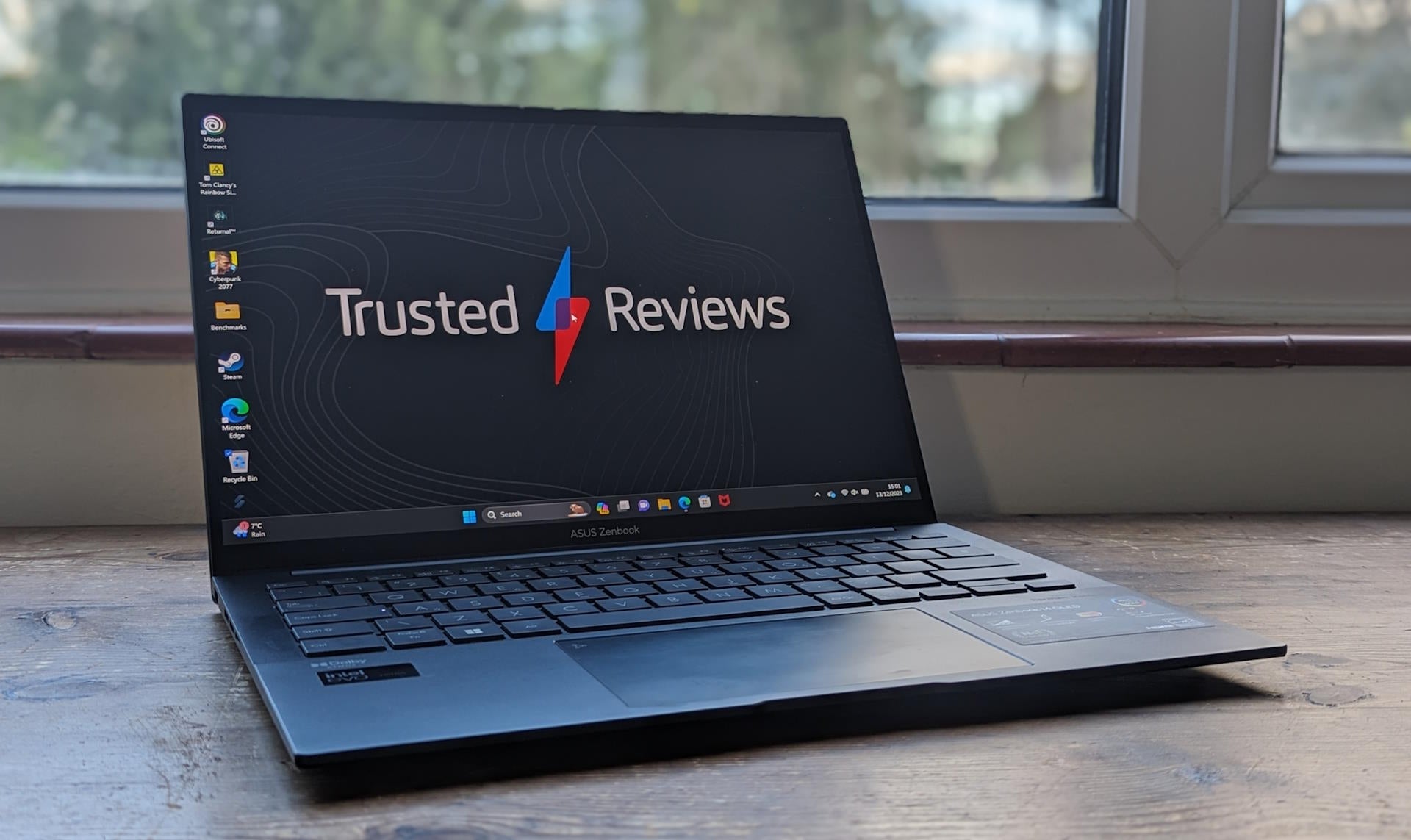MacBook Pro 2021 vs MacBook Pro M1: 4 big differences

Apple has just unveiled a new MacBook Pro 2021 and there’s a lot to take in. If you’re wondering how it compares to the currently available MacBook Pro M1 this guide should help.
These new MacBook Pro are not a replacement for the 13-inch MacBook Pro with M1 chip that’s currently available, instead they’re replacing the 16-inch Pro and the higher-end MacBook Pro 13-inch models, both of which sported Intel chips.
Here are the four biggest differences between the MacBook Pro (14 and 16-inch) 2021 and MacBook Pro (13-inch) 2020 you need to know about.
Design
The first and most immediate change you’ll notice between the old and new MacBook Pro models is how different they look. The MacBook 2020 has the same design philosophy as its predecessor, featuring hefty bezels around its screen and a rather limited port offering.
Apple has switched this up on the MacBook Pro (14-inch and 16-inch) 2021, which features a new design. The device has a smaller screen bezel with a similar notch camera housing to the iPhone 13. Lift it up and the keyboard’s also been tweaked with Apple ditching its Touch Bar secondary screen and adjusting its color and spacing to offer a “more comfortable” typing experience.
Adding to this, Apple’s chosen to offer the new model in 14 and 16-inch sizes. The 2020 Pro is only available in 13-inches.
Unlike the 2020 Pro, which only has USB C inputs, the new models pack headphone/mic, MagSafe, HDMI and SD card inputs. These accompany three Thunderbolt 4 ports, which sit in USB-C housings.
This is a very welcome upgrade considering how many of us still use older cables to connect to things like external displays and graphics tablets when doing creative work.

Screen
Reducing the bezel size is one of many upgrades Apple’s made to the new MacBook Pro 2021 when compared to the cheaper MacBook Pro M1.
For starters, both the 14-inch and 16-inch models use the same screen tech as the iPad Pro 12.9-inch in the form of Mini-LED, rather than LED.
We haven’t tested the new devices, but based on our experience with iPads running it this should let both sizes of the new Pro offer wonderfully deep blacks and much higher max brightness levels. This should make HDR content look much more dynamic.
The 14 and 16-inch MacBook Pro 2021s are also the first Apple notebooks to use Apple’s ProMotion screen tech. This lets them offer an adaptive 120Hz refresh rate. The key selling point here is that the new models can increase their refresh rate to offer smooth performance when required, but drop to lower rates to save battery when there’s no benefit.
Specs
The new MacBook Pros also have radically upgraded internals, though that’s hardly a surprise considering they’re far pricier. The 2020 MacBook Pro uses Apple’s first-generation M1 chip, which is one of the fastest chips around for a £1000 laptop – however the duo of new M1 chips (that’s the M1 Pro and the M1 Max) push the performance up a lot more.
The Max is the top option and according to Apple’s marketing will match the performance of “a top end competitor dGPU” while running off 100W less power.
It also claims the Pro option will offer 70% faster CPU performance and two times faster graphics performance than the 2020 MacBook Pro’s M1 chip. If true this will make both sizes and configurations absolute performance beasts.

Price
While these upgrades sound impressive you’ll have to spend a lot to enjoy them. Pricing for the lowest specced 14-inch version of the 2021 MacBook Pro starts at £1899. It goes up to nearly £2399 for the most expensive configuration. Meanwhile, the 16-inch MacBook Pro 2021’s lowest configuration will cost £2399, before going up to £3299 for the highest specced version.
The M1 MacBook Pro 2020 retails for a much lower £1299, although you’re of course getting a lower-end machine.





